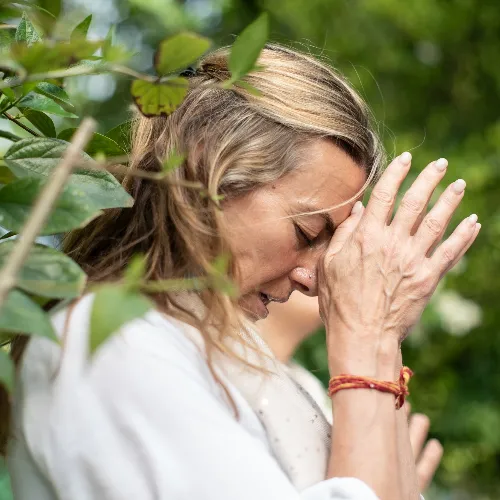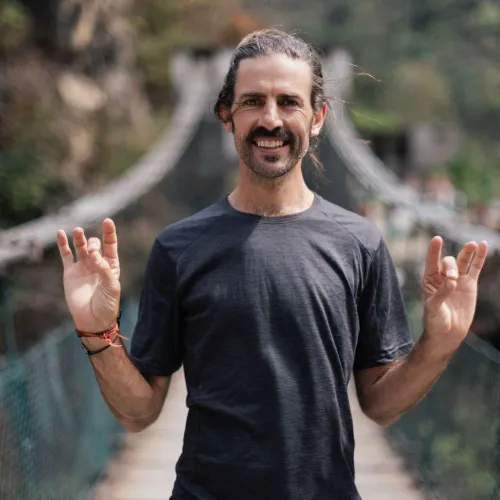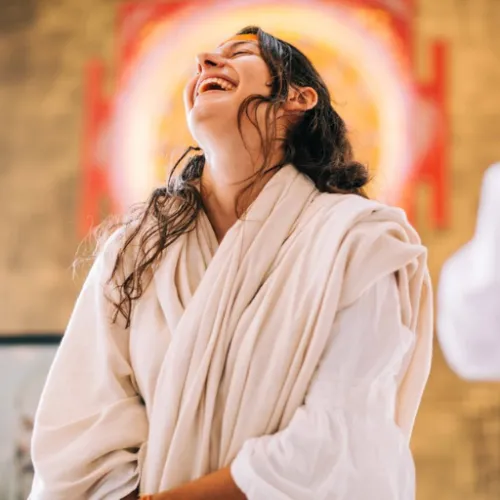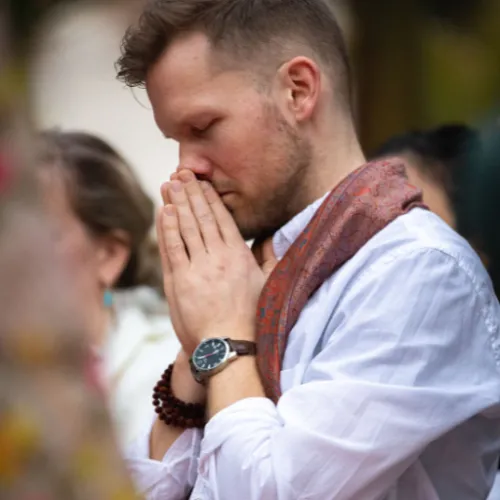


Hatha Yoga, as set out in the Yoga Pradipika by Yogi Swatmarama (written in 1350), is a system of purification and control of the body that involves restructuring of the pranic flows with the aim of attaining Raj Yoga, Samadhi. Asana is the first stage of hatha yoga.
An asana is a specific position which opens the energy channels and psychic centers (the chakras). As you practice asana, your energy (prana) starts to flow more freely, flexibility and steadiness of both body and mind develop, while the chance of disease is reduced.
Stiffness is the result of blockages and the accumulation of toxins in the body and when prana stagnates, disease can flourish. But when prana flows freely, the toxins are removed and the body becomes supple.
Today, yoga is generally practiced to reduce stress, restore health, and increase strength and flexibility. Hatha yoga does fulfill these objectives, but it is definitely not the main purpose of this system.
The four components of Hatha Yoga are Shatkarmas (purification techniques), Asana, Mudras (psychic gestures) and Pranayama (breathwork). The original intention behind these practices was to prepare the body for the awakening of Kundalini (our infinite potential).
The system of hatha yoga allows us to gain control over the body-mind, to be less affected by the ever-shifting circumstances of life, to develop resiliency. By purifying and mastering the body, the mind is tamed, our potential, both physically and mentally, increases and we are better able to make contact with our own true nature, to attain samadhi, union with the Divine.
So, how do you take your practice to the next level?
There comes a stage in your practice when you are no longer practicing the asana. You are the asana. That is the goal. As long as you are practicing it, there is a separation between you and the asana, between you and the goal. The invitation is to merge with the asana, to become it. This is what Patanjali is speaking of in the Yoga Sutras, when he states that the asana should be absolutely comfortable, peace-inducing, enabling stillness.
Sthira sukham asanam. Sthira, still. Sukham, peace-inducing, bliss-producing. As you start to embody it, you naturally start experiencing a sense of peace and bliss. Peace and bliss are the natural outcomes. As you pour yourself into the practice with your total attention, you will find a great quality of presence in your practice. There will cease to be any more separation.
And the invitation of Sthira sukham asanam does not just apply to yoga on the mat. It is also about how you are showing up in life. Patanjali is also speaking about embodying the state of yoga, of union. This state of consciousness has to be effortlessly present within you and when it is, you will find natural bliss arising. So ultimately, the true asana is to embody the teachings in all aspects of your life.
But if you are a beginner, where do you start?
You start by showing up for yourself and showing up consistently. Everybody progresses at different rates, so let go of any comparison between yourself and others. Remember, yoga is not about poses. It is about self-realization. It involves uniting body, mind and spirit and achieving a greater state of harmony within ourselves, with the environment, and with those around us. Stay inspired!
For further inspiration, practice with our global team of Master Yoga Teachers live on Sattva Connect!


























































































